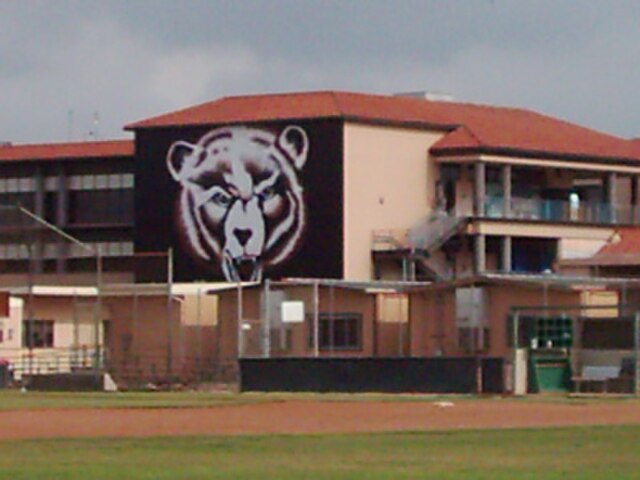Woodrow Wilson Classical High School
Woodrow Wilson High School is an American public high school located in Long Beach, California. This two-block campus is located approximately 1.5 miles from the Pacific Ocean, across from the Recreation Park, and approximately 3 miles from Orange County.
Wilson High School Science Building
George Chakiris, Academy Award-winning actor
Cynthia Barboza, professional volleyball player
Lashinda Demus, professional hurdler
Long Beach Unified School District
The Long Beach Unified School District is a school district headquartered in Long Beach, California, United States.
Established in 1885, Long Beach Unified School District now
educates 81,000 students in 84 public schools in the cities of
Long Beach, Lakewood, Signal Hill, Carson, and Avalon on Catalina
Island. The school district is the third largest in California and
serves one of the most diverse large cities in the United States.
The student population is 53.1 percent Hispanic, 15.6 percent
African American, 15.2 percent white, 11.2 percent Asian,
3 percent multi-race, 1.7 percent Pacific Islander and 0.2
percent Native American. More than two-thirds of the student
population come from lower-income households and qualify
for free and reduced price meals. The school district employs
more than 8,000 people, making it the largest employer in
Long Beach.
Woodrow Wilson Classical High School




